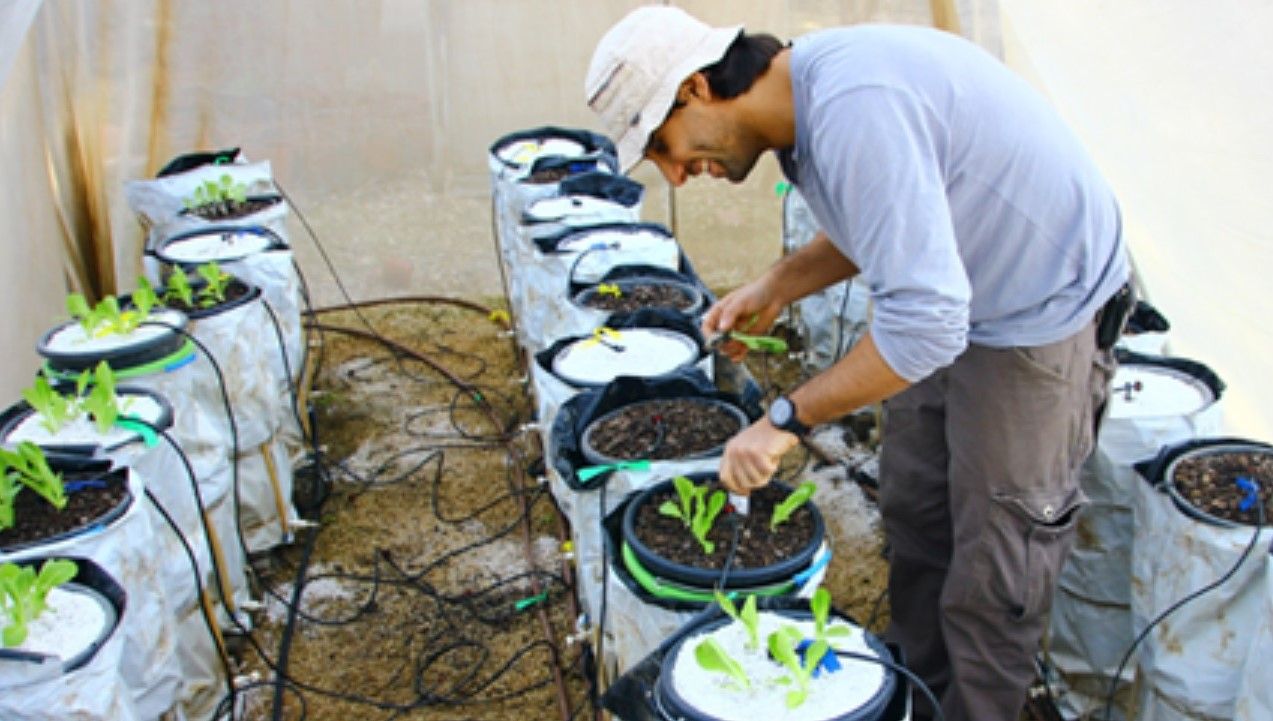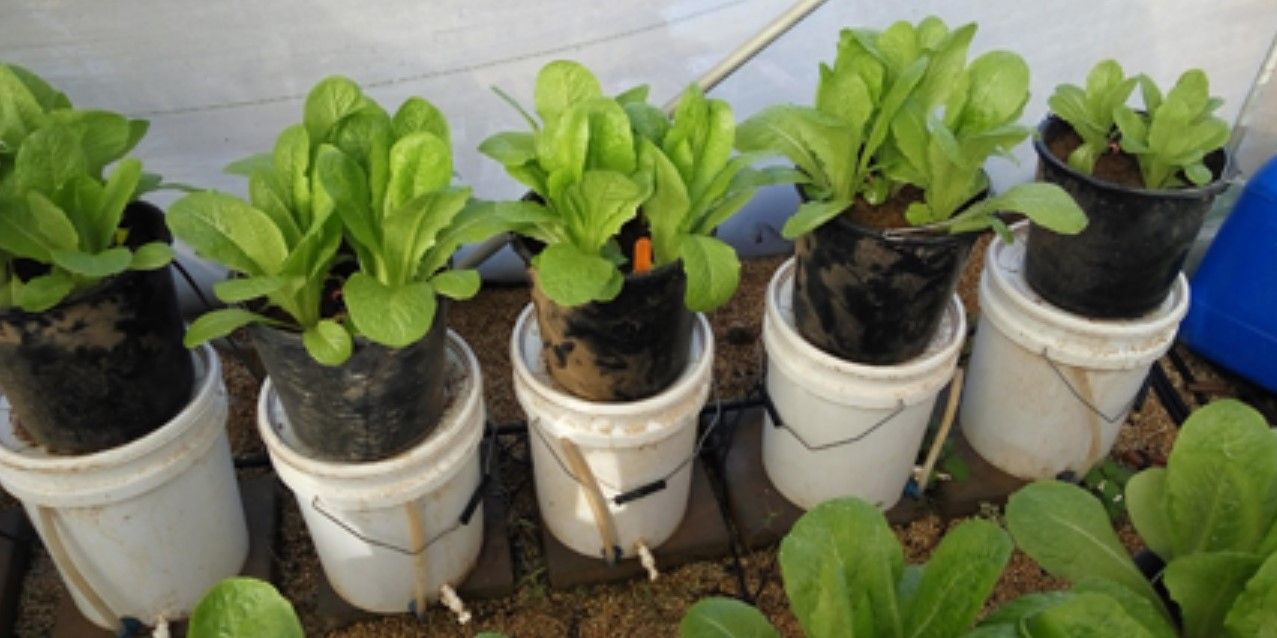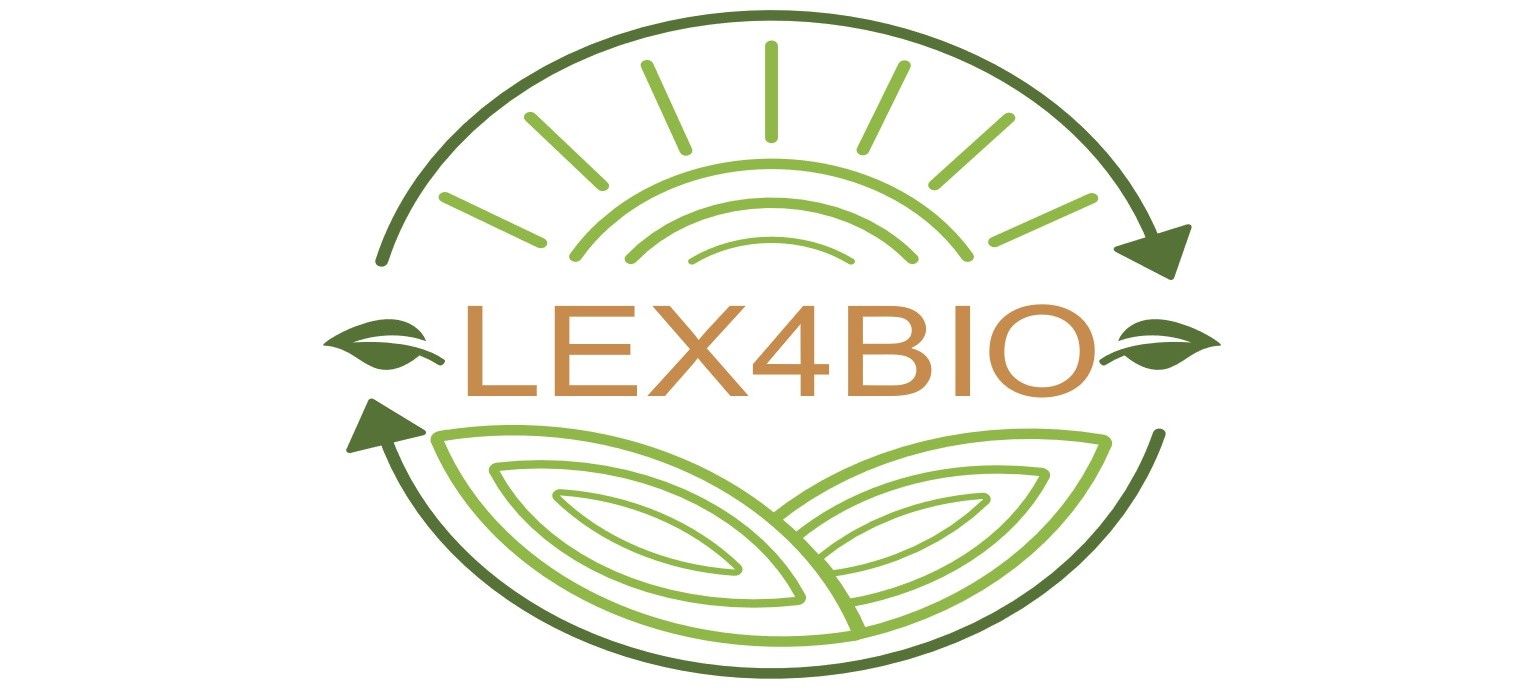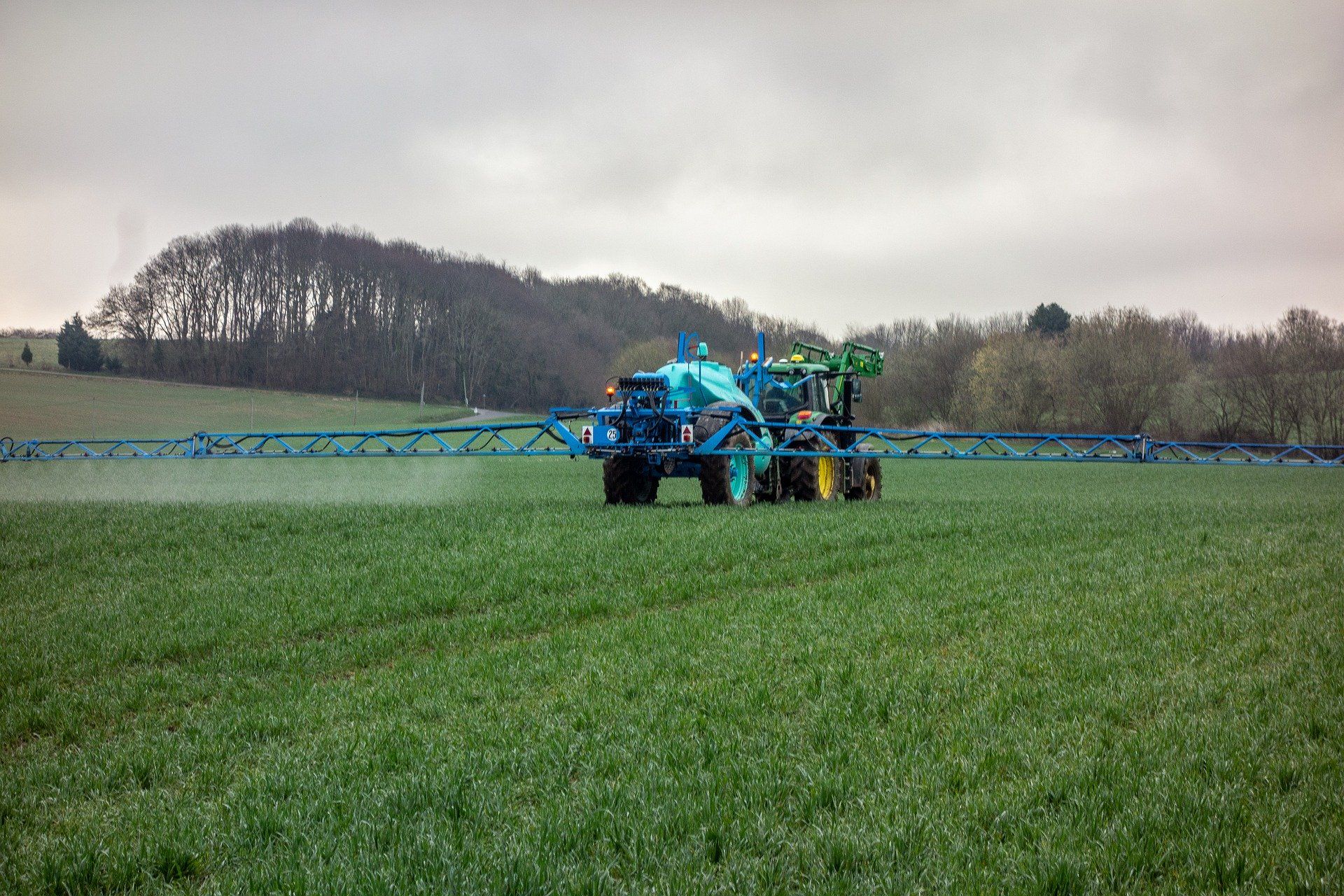Precision agriculture, smart-fertilizers, and nanofertilizers are playing a part in minimising fertilizer waste and the impact of agricultural inputs on the environment.
In addition to this, the fertilizer industry is also responding with a swathe of research that is focused on sustainability, resource recovery, and improved soil management. Something that the leading thinktanks behind the circular economy have neatly transcribed into; reduce, reuse, recycle.
With this in mind, here we continue our look at some of the latest research that is likely to make an impact on fertilizer markets in the not too distant future.
Please follow this link if you would like to read part one of this article.
Recycle
Work on the possibility of recycling nutrients for fertilizer have found an unexpected breakthrough from a team of researchers from Tel Hai College and the MIGAL Institute in Israel who have found a way to capture phosphorus fertilizer raw materials from dairy wastewater.
“Phosphorus is an important nutrient needed by most crops,” explains Prof. Michael Litaor, the study’s lead author. “However, it is a non-renewable resource. If we continue with the current rate of use, what we have may be depleted in 100 to 250 years. There are also side-effects of too much fertilizer. Hence, scientists around the world are searching for simple and affordable ways to recycle the element without lowering crop yield.”

But more than just using recycled agricultural waste, the team are combining the recaptured phosphorus with the waste from the water purification process which contains the element aluminum.
“The material left after purification, called aluminum water treatment residue, is normally taken to a landfill to be buried,” says Litaor. “We changed this material by mixing it with dairy wastewater rich with phosphorus and organic matter. We then found it can be just as good as common fertilizers.”
The fertilizer production process is surprisingly simple, as the American Society of Agronomy outlines, “In their study, Litaor and his team mixed the aluminum water treatment residue with dairy wastewater. Dairy wastewater comes from washing cow udders before milking and from cooling cows during hot summer days. It is high in phosphorus because of detergents used while cleaning the sheds that house the cows as well as runoff from cows' urine.”
Adding that, “What allows the mixture to become fertilizer is the magic of chemistry. Reactions occur between the phosphorus, aluminum, and organic matter that result in it being a possible fertilizer.”
In tests, the team found that the recycled fertilizer worked as well as traditional fertilizers on crops of lettuce.

As Litaor proudly reports, “This experiment clearly showed that we can use aluminum refuse to recapture phosphorus from dairy wastewater and use it as fertilizer. We showed that the water treatment residue can take phosphorus from the wastewater and put it in soil that doesn't have much phosphorus. This may offset somewhat the mining of this non-renewable resource.”
The fertilizer has yet to be turned into a commercial concern as the team first need to prove that no ‘unwanted materials’, such as antibiotics or hormones are present. However, Litaor is hoping to turn his discovery into a business and is actively looking for investors.
The team is also looking at ways to capture the iron found in water treatment waste, as this could also be used as a fertilizer in iron deficient soils.
These three pieces of research are part of a general trend of study on more sustainable fertilizer practices, aimed at maintaining food production whilst limiting farming’s impact on climate change and resource usage.
This trend is also evident in the foundation of the Horizon 2020 project LEX4BIO. An EU-funded body whose goal is to locate ‘nutrient-rich side-streams estimating their nutrient contents and providing necessary technologies for producing safe bio-based fertilizers’, and in doing so replace mineral fertilizers.

As the journal Phys.org reports, “Bio-based fertilizers (BBFs) will have an increasingly important role in future food production. By optimising the use of nutrient-rich side-streams like manure and sewage sludge as BBFs in agriculture, European dependency on imported fertilisers can be reduced. A circular economy can also provide new BBF-related job opportunities in rural areas.”
As LEX4BIO coordinator, senior scientist Kari Ylivainio, outlines, “LEX4BIO supports the transition towards a circular economy by enhancing the use of nutrient-rich side-streams as BBFs. By optimising the use of fertilizers according to crop requirement, environmental impacts can be minimized, and agriculture profitability improved.”
Based in Finland, one immediate target of improvement for the research body is to standardize soil-testing, as there are currently several different approaches being used to analyse samples from across the EU.

Additionally, LEX4BIO is not only concerned about environmental issues for agriculture, as its remit also includes public health and maintaining food security for the continent. Technologies and products developed will therefore need to consider heavy metal limits, crop, soil, and climate types, harmful organic substances, such as antibiotics, as well as economic viability.
Results will take several years as the agency is still in its infancy, but its founding is evidence of the political will to make changes to the way that the agricultural industry operates.
Due to its enormous size and ancient history, agriculture has always been an industry that is slow to change. But as the impact of climate change becomes more evident (often felt most strongly by farmers), the will to adapt new farming practices and agricultural raw materials is growing.
Clearly the research is being done to show how farming can be both profitable and sustainable, but the next step is for these new products and concepts to take them centre stage on the agri-supply chain. Only by providing common sense, profitable alternatives (such as nano-fertilizer, organic and bio-fertilizers, and phosphorus recapture processes) to traditional fertilizer products, can agricultural suppliers hope to be successful in a post-Paris Agreement world.
